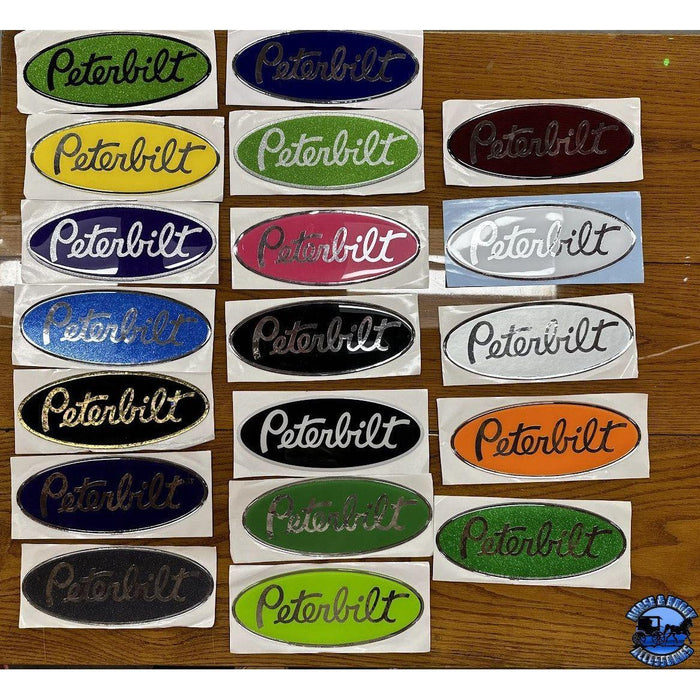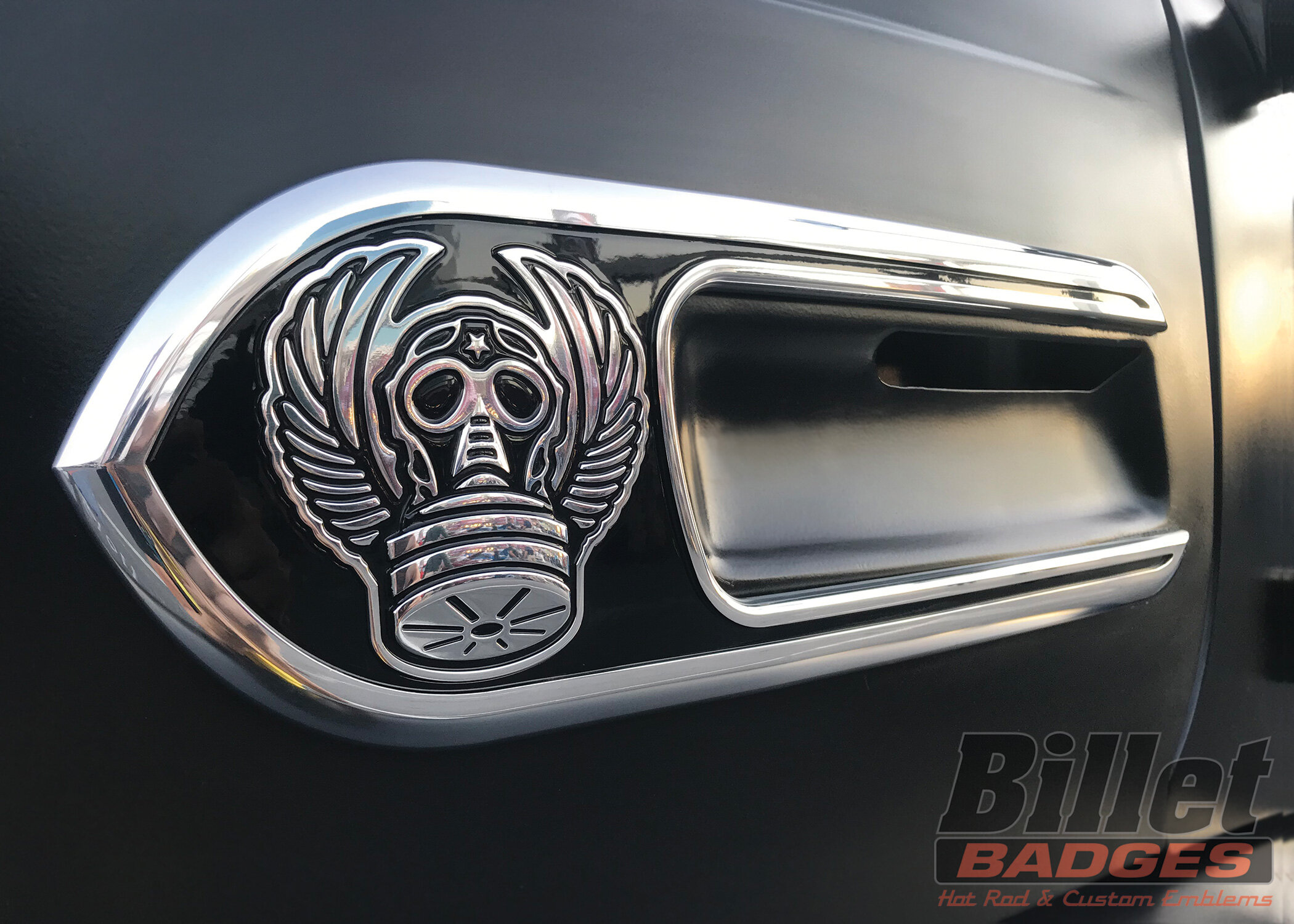Leading Features to Think About When Creating a Custom Emblem
Leading Features to Think About When Creating a Custom Emblem
Blog Article
Producing a Long-term Impression With Custom-made Emblems: Layout Tips and Ideas
The creation of a custom emblem is a pivotal step in establishing a brand name's identification, yet several overlook the subtleties that add to its efficiency. As we explore these crucial components, it ends up being clear that there is more to crafting an emblem than mere aesthetic appeals; comprehending these principles can transform your approach to brand name depiction.
Comprehending Your Brand Identity
Understanding your brand name identification is vital for producing customized emblems that reverberate with your target market. Your brand identity incorporates the worths, objective, and personality that specify your company. It acts as the foundation for all aesthetic representations, including personalized symbols. By clearly expressing what your brand name means, you can ensure that the layout aspects of your emblem mirror these core principles.

Following, determine vital qualities of your brand name, such as advancement, uniqueness, or dependability. These features should assist the layout process, influencing forms, icons, and typography. A well-defined brand identity not just help in creating a memorable emblem however additionally fosters brand loyalty and acknowledgment. Inevitably, a symbol that genuinely reflects your brand identity will certainly develop a purposeful link with your audience, reinforcing your message and enhancing your general brand name method.
Picking the Right Color Styles
Picking the best colors for your custom-made symbol plays a critical duty in sharing your brand name's identity and message. Colors evoke feelings and can significantly affect assumptions, making it necessary to pick colors that resonate with your target audience. Begin by considering the emotional influence of colors; as an example, blue frequently conveys trust fund and expertise, while red can stimulate excitement and urgency.
It is additionally vital to align your shade options with your brand's worths and market. A tech firm may choose trendy shades, such as blues and environment-friendlies, to show innovation and integrity, whereas an innovative agency could embrace bold and lively colors to display creativity and power.
Additionally, take into consideration the color consistency in your design. Making use of a color wheel can aid you identify corresponding or analogous colors that develop visual equilibrium. Aim for an optimum of 3 main shades to maintain simpleness and memorability.
Typography and Typeface Choice
An appropriate font can substantially boost the impact of your personalized symbol, making typography and font style option crucial elements of the layout process. The font style needs to align with the brand's identification, conveying the suitable tone and message. For example, a modern sans-serif font may stimulate a feeling of innovation and simplicity, while a traditional serif typeface can communicate tradition and dependability.
When selecting a font, consider legibility and scalability. Your emblem will be used throughout numerous media, from calling card to signboards, so the typeface needs to stay clear at any type of size. Additionally, avoid extremely attractive typefaces that might diminish the overall design and message.
Incorporating typefaces can likewise produce visual passion yet needs careful pairing. Custom Emblem. A common strategy is to make use of a strong typeface for the major message and a complementary lighter one for secondary components. Uniformity is essential; restrict your option to two or three typefaces to preserve a cohesive appearance
Integrating Meaningful Icons

For instance, a tree might represent growth and security, while a gear may symbolize technology and precision. The key is to make sure that the symbols reverberate with your target audience and mirror your brand's goal. Engage in conceptualizing sessions to explore numerous ideas and collect input from varied stakeholders, as this can yield a richer selection of choices.
As soon as you have determined potential signs, examine their efficiency by sharing them with an emphasis group or performing surveys. This comments can provide insights right into how well the signs connect your intended message. Furthermore, take into consideration how these signs will certainly work in conjunction with various other layout elements, such as colors and typography, to produce a natural and impactful emblem. Eventually, the appropriate symbols can improve acknowledgment and cultivate a stronger emotional connection with your target market, making your brand name remarkable and meaningful.
Making Sure Adaptability and Scalability
Making certain that your personalized symbol is scalable and functional is essential for its performance throughout numerous applications and tools. A well-designed emblem ought to maintain its integrity and aesthetic allure whether it's presented on a calling card, a web site, or a big banner. To accomplish this, focus on creating a design that is straightforward yet impactful, staying clear of complex details that may become shed at smaller sizes.

Evaluating your emblem in numerous styles and sizes is critical. Examine exactly how it performs on various backgrounds and in various atmospheres to ensure it continues to be identifiable and effective. By focusing on adaptability and scalability in your design procedure, you will develop an emblem that stands the examination of time and efficiently represents your brand name across all touchpoints.

Verdict
To conclude, the development of custom symbols necessitates a critical method that balances different layout elements, including brand name identity, color choice, typography, and symbolic representation. Stressing simplicity and scalability makes sure that the symbol remains flexible throughout different applications, while significant icons enhance emotional resonance with the target market. By diligently integrating these elements, brand names can grow a distinctive identity that promotes acknowledgment and leaves a long-term impression on consumers.
A well-defined brand name identification not just help Get More Info in creating a address memorable emblem however additionally cultivates brand name loyalty and recognition. Ultimately, an emblem that really shows your brand name identification will certainly produce a purposeful link with your target market, enhancing your message and enhancing your overall brand strategy.
Selecting the best colors for your customized emblem plays a critical function in communicating your brand's identity and message. By prioritizing versatility and scalability in your design process, you will certainly develop a symbol that stands the examination of time and successfully represents your brand name across all touchpoints.
In conclusion, the creation of custom emblems demands a critical strategy that integrates different style elements, including brand name identification, color selection, typography, and symbolic depiction.
Report this page